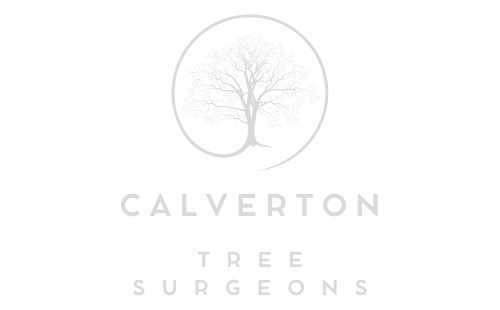Tree Crown Reduction: Maintaining Trees Near Structures
Introduction: Trees add beauty, shade, and value to our properties, but when they grow too close to structures, they can pose risks of damage and hazards. Tree crown reduction is a strategic pruning technique used to manage tree growth and ensure the safety and longevity of trees near buildings, fences, and other structures. In this blog post, presented by Calverton Tree Surgeons, we’ll explore the importance of crown reduction for maintaining trees near structures and how it helps preserve the trees and the structures they coexist with.
1. Preventing Structural Damage
Trees with overgrown crowns can pose risks of structural damage to buildings, fences, and other structures. Overhanging branches may rub against roofs, gutters, or siding, causing abrasion and damage over time. In windy conditions, branches can break off and fall onto structures, causing immediate damage or weakening structural integrity. Crown reduction involves selectively pruning branches to reduce the size and weight of the canopy, minimising the risk of contact with structures and preventing potential damage.
2. Protecting Property Values
Maintaining trees near structures through crown reduction helps protect property values by preserving the integrity and appearance of buildings and landscapes. Properly managed and maintained trees enhance curb appeal and contribute to a property’s overall attractiveness. Conversely, trees that grow unchecked near structures can detract from property aesthetics and diminish property values. By investing in crown reduction, property owners can safeguard their investments and maintain the visual appeal of their landscapes.
3. Enhancing Safety
Safety is a primary concern when it comes to managing trees near structures. Overgrown trees can pose risks of falling branches or toppling in severe weather conditions, endangering occupants and property. Crown reduction helps mitigate these risks by reducing the weight and density of the tree canopy, improving tree stability, and minimising the likelihood of branch failure. Property owners can create safer environments for themselves, their families, and their neighbours by proactively managing tree growth near structures.
4. Preserving Tree Health
While crown reduction is primarily aimed at protecting structures, it also benefits tree health and longevity. By selectively pruning branches to reduce crown density, crown reduction improves air circulation and sunlight penetration within the canopy, promoting overall tree health. Thinning the canopy also reduces competition among branches for resources such as water and nutrients, allowing the tree to allocate resources more efficiently and thrive in its environment. As a result, trees that undergo crown reduction are better equipped to withstand environmental stresses and maintain their vitality over time.
5. Promoting Long-Term Sustainability
Crown reduction is a sustainable approach to managing trees near structures, as it helps minimise the need for reactive maintenance and emergency tree work. By proactively managing tree growth and preventing structural damage, property owners can reduce the frequency of costly repairs and mitigate potential liabilities associated with tree-related hazards. This proactive approach not only preserves the health and beauty of trees but also supports long-term sustainability by promoting responsible stewardship of natural resources.
Conclusion: Tree crown reduction is essential for maintaining trees near structures and ensuring the safety, health, and longevity of both the trees and the structures they coexist with. Crown reduction plays a crucial role in responsible tree management by preventing structural damage, protecting property values, enhancing safety, preserving tree health, and promoting long-term sustainability.
Call us on: 0115 647 1154
Click here to find out more about Calverton Tree Surgeons
Click here to complete our contact form and see how we can help with your tree’s needs.

